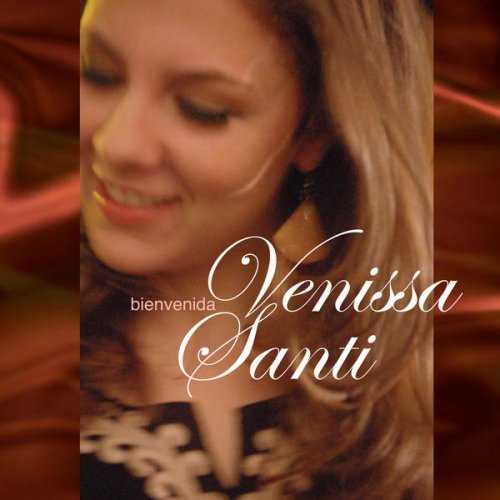Mikhail Tsinman, Nika Lundstrem, Igor Tsinman - Prokofiev: Violin Sonatas (2012) [DSD64]

Artist: Mikhail Tsinman, Nika Lundstrem, Igor Tsinman
Title: Prokofiev: Violin Sonatas
Year Of Release: 2012
Label: Caro Mitis
Genre: Classical
Quality: DSD64 2.0 (*.dsf)) (tracks) 2,8 MHz/1 Bit
Total Time: 01:19:36
Total Size: 3.16 GB
WebSite: Album Preview
Tracklist:Title: Prokofiev: Violin Sonatas
Year Of Release: 2012
Label: Caro Mitis
Genre: Classical
Quality: DSD64 2.0 (*.dsf)) (tracks) 2,8 MHz/1 Bit
Total Time: 01:19:36
Total Size: 3.16 GB
WebSite: Album Preview
Sonata in D major for solo violin (Op.115)
1 Moderato [4:54]
2 Andante dolce [3:16]
3 Con brio [3:56]
Mikhail Tsinman (violin)
Sonata No.1 in F minor for violin and piano (Op.80)
4 Andante assai [6:43]
5 Allegro brusco [6:59]
6 Andante [6:52]
7 Allegrissimo [7:15]
Mikhail Tsinman (violin) / Nika Lundstrem (piano)
Sonata in С major for two violins (Op.56)
8 Andante cantabile [2:27]
9 Allegro [3:02]
10 Commodo (quasi allegretto) [3:43]
11 Allegro con brio [5:28]
Mikhail Tsinman (violin) / Igor Tsinman (violin)
Sonata No.2 in D major for violin and piano (Op.94 bis)
12 Moderato [8:06]
13 Scherzo. Presto [5:15]
14 Andante [3:31]
15 Allegro con brio [7:26]
Mikhail Tsinman (violin) / Nika Lundstrem (piano)
You treat these four sonatas as a single cycle. What is the nature of its unity, and why did you decide against ordering them chronologically in the album?
For musical reasons. The Sonata for solo violin is an introduction, followed by the powerfully tragic Sonata in F minor; next comes an intermezzo, the Double sonata, and the brilliant finale, Sonata in D major. Thus, the cycle has a general key, D major, and the contrast between its parts is very expressive. Each of the four sonatas has something in common, in images or intonations, with Prokofiev’s defining works in the genre of musical theatre. A stylistic change connected to the insight into the principal ethical task of creative work is the ballet “The Prodigal Son” and the Sonata for two violins; thinking about Russia’s historic destiny is manifested in “Alexander Nevsky” and “Ivan the Terrible”, in the operas “Semyon Kotko”, “War and Peace” and the epic First sonata; “Cinderella” and the Second sonata evoke fairy tales, and, finally, a number of “Soviet” pieces written on commission, which may include the Sonata for solo violin.
For musical reasons. The Sonata for solo violin is an introduction, followed by the powerfully tragic Sonata in F minor; next comes an intermezzo, the Double sonata, and the brilliant finale, Sonata in D major. Thus, the cycle has a general key, D major, and the contrast between its parts is very expressive. Each of the four sonatas has something in common, in images or intonations, with Prokofiev’s defining works in the genre of musical theatre. A stylistic change connected to the insight into the principal ethical task of creative work is the ballet “The Prodigal Son” and the Sonata for two violins; thinking about Russia’s historic destiny is manifested in “Alexander Nevsky” and “Ivan the Terrible”, in the operas “Semyon Kotko”, “War and Peace” and the epic First sonata; “Cinderella” and the Second sonata evoke fairy tales, and, finally, a number of “Soviet” pieces written on commission, which may include the Sonata for solo violin.




![Afrodream - Guiss Guiss (2025) [Hi-Res] Afrodream - Guiss Guiss (2025) [Hi-Res]](https://www.dibpic.com/uploads/posts/2025-12/1765638325_a2717494732_0.jpg)
![RAS - Rød i Blå (2025) [Hi-Res] RAS - Rød i Blå (2025) [Hi-Res]](https://www.dibpic.com/uploads/posts/2025-12/1765847447_s09xuo23tcu1a_600.jpg)


